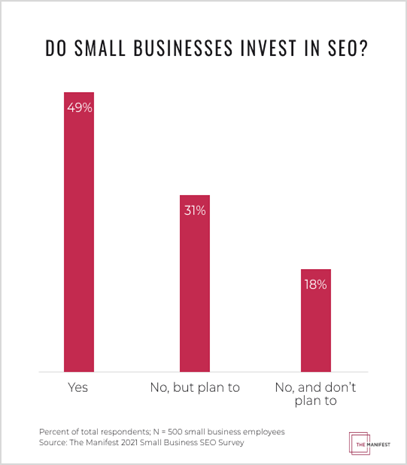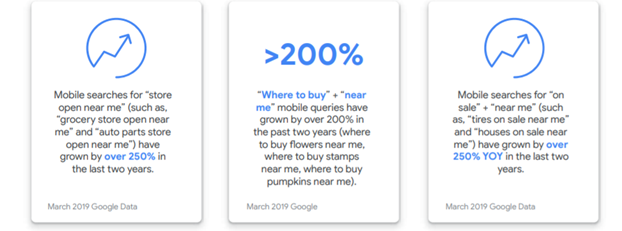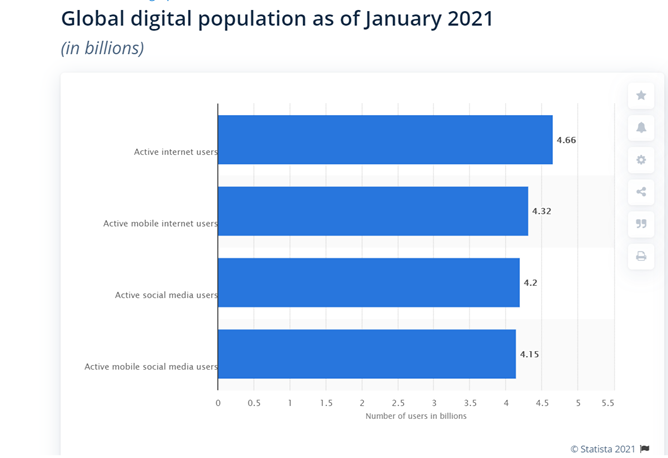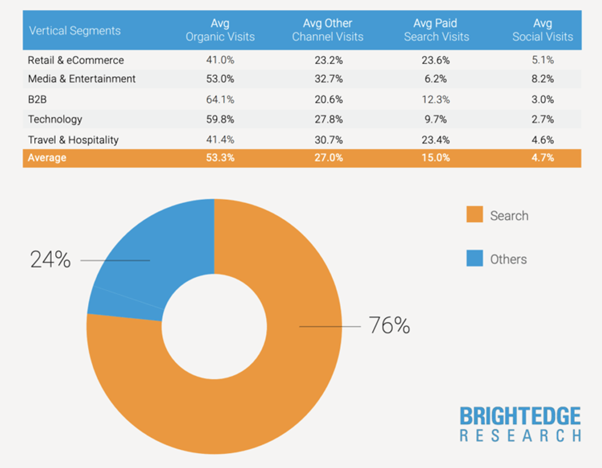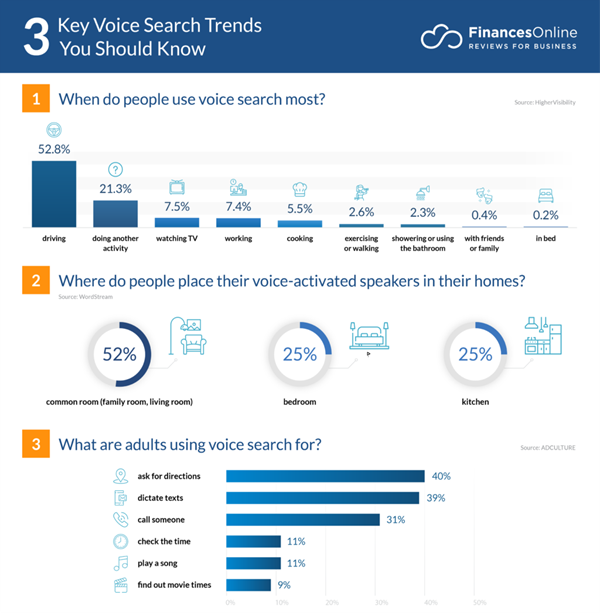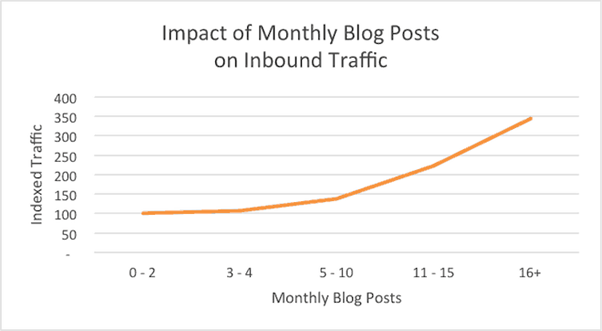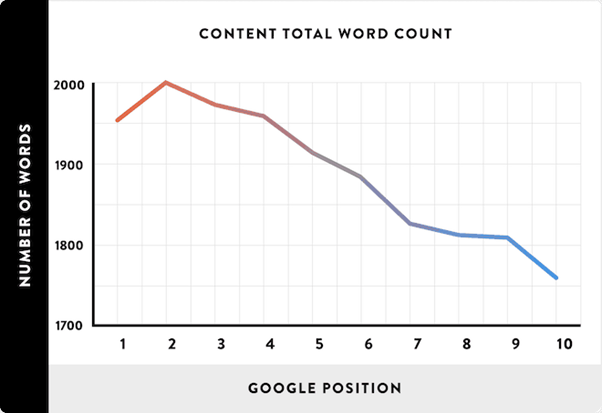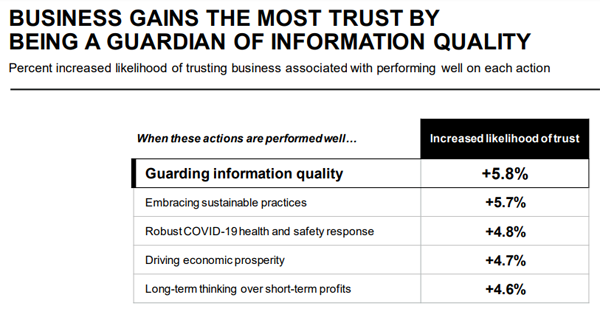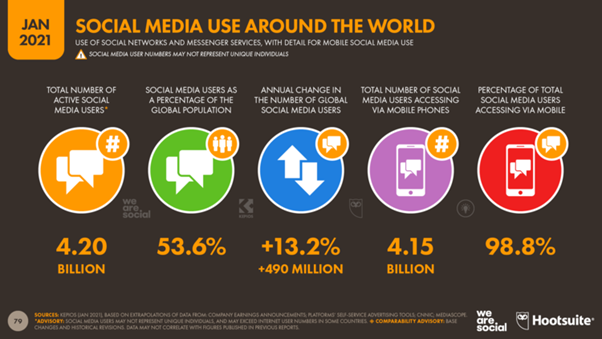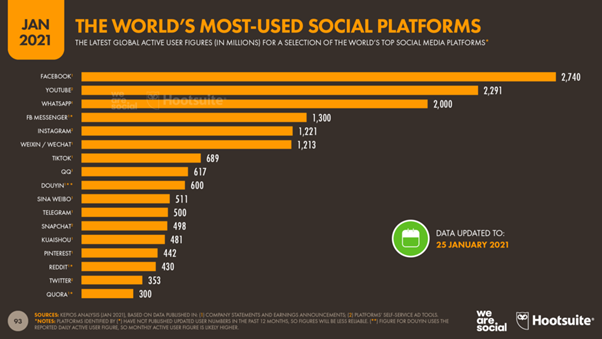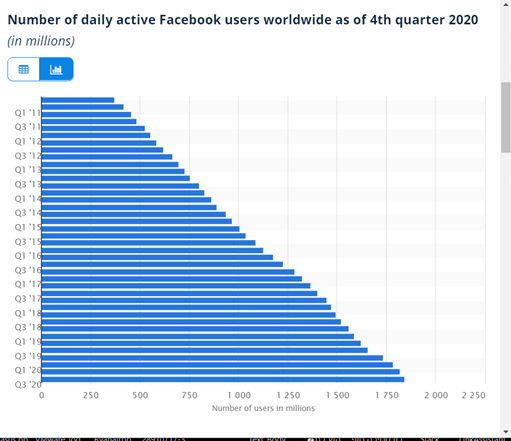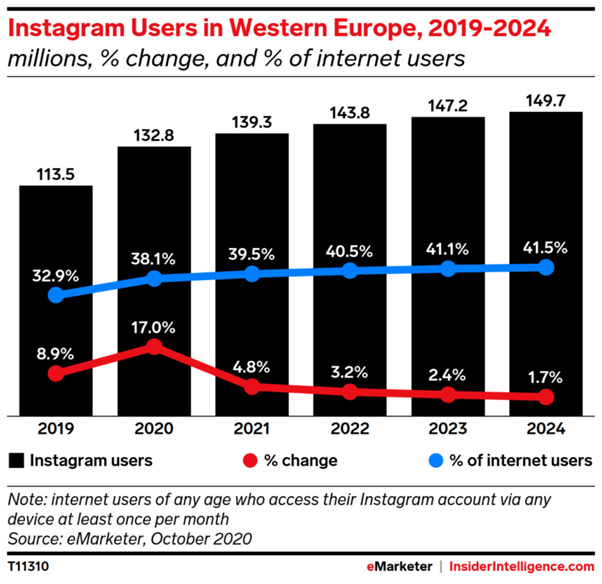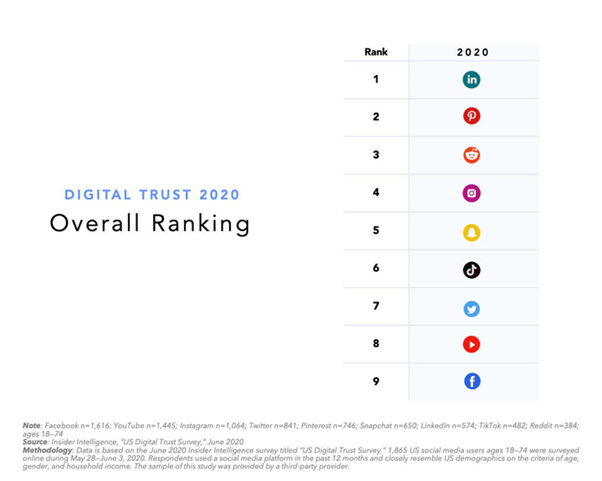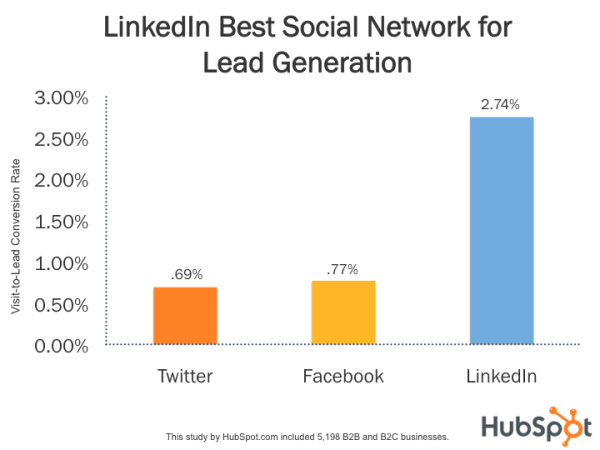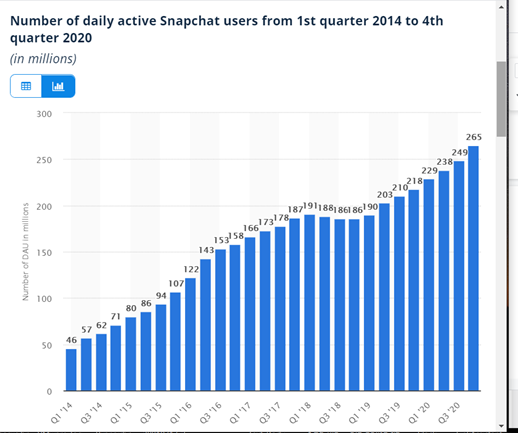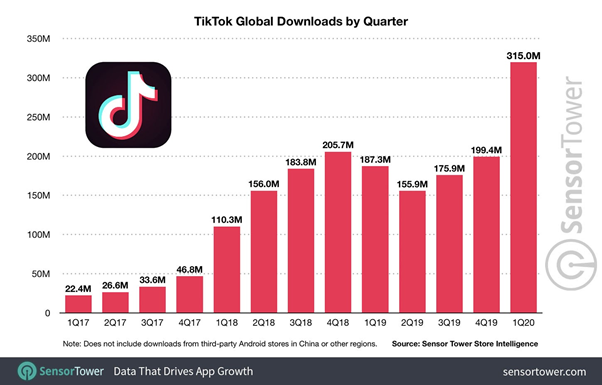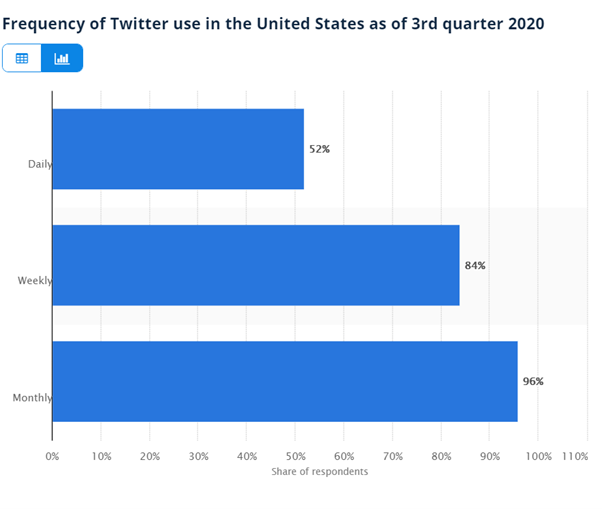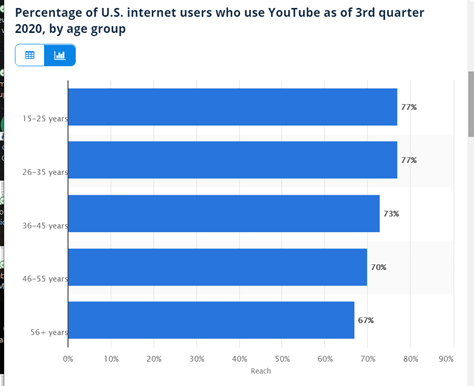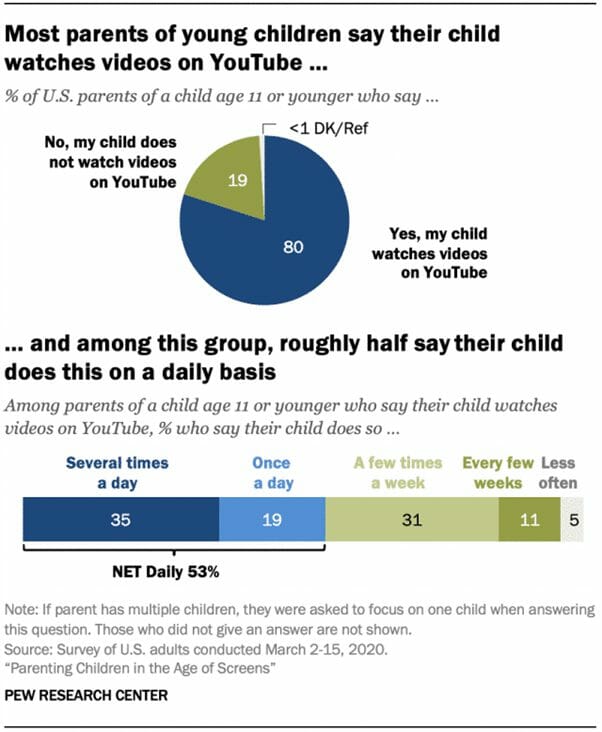
What Is Media Planning? Essential Guide and Best Free Templates to Download
When you plan to implement an advertising campaign, one of the most important steps is to get your media plan in top shape. These days, a well-crafted media plan can be the difference between a successful campaign or a failure.
In this guide, we are going to guide you through all you need to know to create a perfect media plan including the best free templates to get you started.
In this post
What Is Media Planning? Meaning and Definition
| Media planning Is the process marketers use to define how often, when, and where they will run ads to maximize conversions and ROI. Marketers prepare a media plan that includes how they will distribute the advertising budget and resources, which channels and type of ads they will use. |
These days, when marketers need to do much with less, meeting their audience at the right channel and serving the ads at the right time, planning is essential to prevent wasting time, money, and efforts.
What’s in a Media Plan?
The media plan consists of the details of the media you will create. It has your budget spending and details when and where you will publish to engage and convert your audience. Some plans support a company’s global campaign while others are individual strategies to connect with followers and/or customers.
But it is not only a budget detail. The media plan displays the steps on the advertising strategy, the channels to use, the frequency of the publishing, etc. The plan allows marketers to have a view at a glance of the advertising activities that will be carried for the advertiser.
increase sales to existing customers
So what’s in a media plan?
Here are the key components of creating an effective media plan:
- Marketing problem: the media plan always starts with trying to solve a marketing problem. For instance: not seeing enough conversions from their website.
- Marketing objectives and KPIs: this is what the organization wants to achieve, it can create brand awareness, increase sales or engagement. This becomes the marketing objective, in the form of measurable goals. This includes selecting what metrics you will use to track success.
- Media objectives: these are the objectives for the advertising campaign. To define the objectives the marketer needs to take into account: the total budget, the media budget, key messages, calls to action, deliverables, timeline, specifications.
- Media strategies: these are the actual recommendations and implementation ideas of the media plan. Which channels to use, ad types, when and where to launch. This stage includes monitoring and measuring the advertising campaign effectiveness.
Figure1. How media objectives and marketing strategies interact as factors of media planning.
What Are the Top Factors That Affect Media Planning?
1. The Product
What are you going to advertise? Is it a product or service? The nature of the product influences the type of media you can use. You may want to advertise technical or software products on review pages for SaaS, for example. Social media may be a better fit for fashion and consumer products.
2. The Customers
Your audience is the most important factor. Check the demographics of potential customers, the age group, gender, income, interests, education level. Targeting the wrong crowd can be disastrous. It is critical then to learn as much as possible about the people that may buy the product or service.
3. Conversion Goals
This is a specific factor among business goals. It refers to what are your goals for that particular campaign, how many people do you expect to convert, click or make a purchase on the ad? Miscalculating the conversion goals can give you an inaccurate idea of what you expect from the campaign.
4. Frequency
This factor stems from your potential customers’ habits. You need to know when and how often they are online on the channels you want to use to reach them. Running the ad too frequently may annoy customers, running it too sparingly may fail to get their attention.
5. Is Your Goal Reach or Engagement?
Failing to answer this question can make or ruin a campaign. If the goal of your campaign is to generate brand awareness, then achieving the maximum reach should be an objective. For instance, if you are launching a new product you want everywhere to know about.
6. What Do You Consider a Successful Campaign?
You should set from the onset what is the expected outcome of the campaign. Do it in measurable terms. For instance, grow 15% of the engagement or acquire 20% more clients than last quarter. Having a measurable goal can help you make adjustments if needed.
7. What’s Your Message?
Think of what type of messaging can resonate with your target audience and drive engagement. What is the message you want to deliver with the campaign?. A good advertising campaign aligns with the core message of the company and enhances it.
8. What’s Your Budget?
This is perhaps the most complex factor. Planning a budget too tight can be a cause of expensive top-ups. On the other hand, setting a budget too high can lead to a waste of resources. Set a realistic budget that accounts for leeway so you don’t have the problem of getting overboard in the middle of the campaign.
9. What Media Are the Competitors Using?
We are not saying to copy your competitors but to keep an eye on what they are doing. Take a look at what tactics are successful. By knowing what works and what doesn’t you can focus on doing things better.
10. What’s the timeline?
How much time can you realistically dedicate to the campaign? What is the campaign timeline? The timeline needs to be precise to generate the maximum impact.
Media Planning Step by Step
1. Define Your Goals
Before any planning first, you need to know what you want to achieve with the plan. Therefore, evaluate the organization’s main goals and how the future campaign aligns with the company’s main goals and objectives.
Once you do that, you can define the media goals and objectives which are the goals for the campaign. To achieve it, the marketer needs to analyze the current marketing position, including the competitive environment so they can approach the present marketing problem.
When you have a complete analysis, then you can put these objectives into goals you can measure with key performance indicators (KPIs).
2. Who’s Your Target Audience?
Now is the time to define exactly who you are directing the campaign for. The golden rule is the more targeted the message, the better the outcome. Since different audiences react to different media, ad types, and messages. You need to consider this when creating the media plan.
Your target audience also has preferences for specific content types and platforms. That’s why it is important to market to the audience where they use to spend their time online. Without researching the target audience, the message can be too broad or scattered and it won’t be measured accurately.
Once you find your target audience, you need to gather as much information as possible. Not only the demographics but their habits, interests, and how they consume media, then define the rest of the plan around these data.
3. Consider the Budget, Frequency, and Reach
Next, it is important to determine how much and how often you will serve the ads to your audience. Marketers should take into consideration to avoid alienating the audience, serving them too many ads.
There are three main approaches to ad frequency:
- Continuity: this refers to running an ad on a fixed schedule so the audience is constantly exposed. This approach works well with generic consumer products and awareness campaigns.
- Flighting: this method involves running ads intermittently. This method works best with seasonal items.
- Pulsing: this is a combination of both methods. Here you run a consistent stream of ads at the most convenient times and pulse reminders at other times.
Finally, you need to define the reach of the campaign. This is determined by the size of the audience. The larger the audience, the broader the reach.
4. Select the Media Channels
At this stage, you already know who is going to consume your audience and what’s the goal for your campaign. Now you need to select which channels you are going to use to reach them. Take into account which pricing method you will use, which platform you will sign on, etc.
5. Write the Plan
Once you have all the pieces in place, it is time to write the plan. A media plan should be specific and measurable. It should include details like the specific media channels, the number of impressions,s and development specifications.
6. Monitor, Measure, Analyze and Repeat.
Now comes the part of executing the campaign. Analyze the measurable goals by tracking the engagement, conversions, and all the rest of the KPIs. Thus you can check what is working and what it isn’t. There should be continuous optimization in a constant loop of monitoring, measuring, and analyzing.
Benefits and Challenges of Media Planning
Challenges of media planning
- Platform preference: brands need to reach consumers in the various channels and platforms that the target audience uses while keeping the campaign within budget.
- Too focused on the budget: campaigns that revolve too much around the budget don’t have the flexibility to allocate a bit extra to different channels that prove more successful.
- Inaccurate measurements: because of the diversity of online and offline channels, it is difficult for marketers to compare the performance of each other and detect which are the most effective.
- Not targeted at the consumer level: to be successful, a campaign needs to be able to reach at consumer level with in-depth marketing.
Benefits of media planning
- A deeper knowledge of your target audience.
- Keep control of the budget
- More decision-power over which platforms and channels to share your content
- Monitoring advertising efforts on a deep level
Best Free Media Planning Templates to download
1. Hubspot media plan template: The best solution for budget tracking
In our opinion, this is the best solution for budget tracking. The spreadsheet has all the macros you need to track and report your media spending.
What it lacks is space to add an overview of the previous stages of media planning, like objectives, strategies, and goals, (the plan itself), which can be easily added in another document or tab.
You can download it from here, and make your own copy via Google Sheets. While it can work in MSExcel, we recommend keeping it in Google Sheets for better performance.
2. Hootsuite social media strategy template: Best for social media strategies
This plan enables you to easily set the goals, objectives, and metrics of your social media campaign. You can use it to create and adjust social media profiles, create personas and overall have a view at a glance. You can download it with your business email from here.
3. Slidebean Media planning template: Best for presentations
This slide deck media planning template offers you the framework to create a presentation of your media planning. With slides that cover all aspects of your marketing and media plan, from detailing the problem to the campaign breakdown in an editable file. You can download the pdf version or register to use an editable version.
While it is good for presenting the media plan, this template does nothing to help you execute or track the results. You can download the template here.
4. New Old Stamp Media Plan for Advertising Template: Simplest of All
If you are just starting and don’t need much tracking and reporting, you can use this example to create your own spreadsheet and track your media plan. It is very simple and doesn’t allow for reporting, but it can be useful to jot down data for a glance.
5. AdCMO media planning template
This simple media planning template enables you to have a high-level overview of the project and the goals you want to achieve. It is another example of a simple media plan but a bit more complete, including events and other types of media. You can download the plan template here.
6. Amazon media planning template
If you are using Amazon advertising, they provide a very useful quick media plan template you can download from here.
The template is very simple, a basic checklist you can copy/paste to your own document. It will help you have a high-level view of the entire plan.
We suggest combining this template with other, more in-depth templates for a complete solution.
Is Media Planning the same as Media Buying?
Media buying is the next step after the media plan is complete. The media plan sets the framework according to which you will buy the media required to achieve the goals of the campaign.
Learn more about what is media buying in Media Buying Explained
Media buying involves evaluating and selecting all advertising options within your budget and other criteria specified in the media plan. Then, buying according to the combination of ad types and media channels will produce the best campaign results.
What Is the Point of Media Planning?
Media planning aims to detect the perfect mix of media channels that fit into a present budget to advertise a product, service, or brand. The best media plans enable organizations to meet customers on the channels they are.
A well-crafted media plan allows you to create the optimal mix of paid online and offline media that will produce the results you expect from your advertising campaign, by using data, research, and lessons learned from previous campaigns
Media Planning on Social, What’s the Difference
Social media advertising revenue is soaring. Social media advertising is the second biggest market for digital advertising according to Statista research. Today’s revenue of $138.2 billion is expected to reach $182.4 billion in 2025. The largest spending in social media advertising happens in the U.S, followed by China.
That’s why advertising on social media platforms is critical for most companies’ growth strategies these days. It includes content and ads posted on social media platforms.
The key steps of creating a social media plan for paid advertising are similar to digital ads media planning. The difference is that every social media platform is in itself an ad network and has its own requirements and pricing scheme.
Facebook enables the creation of images, video ads, carousels, and personalized shopping ads. It works as an ad network, connecting advertisers with publishers on Facebook and mobile apps.
Linkedin uses programmatic advertising to help advertisers publish on the platform according to the goal of the campaign, be it awareness, consideration, or conversion. Advertisers can set a budget and run the campaign with several options for their bidding strategy. The platform enables users to run video, static or native conversation ads.
Instagram allows advertisers to run video ads. It also enables shoppable ads with call-to-action buttons. Instagram advertising may cost from $2 to $6.7, depending on the pricing model for the bidding. CPC can go for $2/click and CPM over $6 for a thousand impressions. Since it is owned by Facebook, it allows you to build multi-platform campaigns, turning posts into ads on Facebook and Instagram.
- It uses programmatic advertising to manage the budget for the ad campaigns.
- They suggest you run the ad for 7 days to let the algorithm learn about the audience.
- They offer video ads and promoted posts.
How to craft the Perfect Media Plan for Advertising (5 Tips)
- Define the problem well: ask questions and try to find out what the marketing problem is as accurate as possible. When creating the plan, keep going back to the problem definition so you stay on track.
- Set clear goals: ensure the goals and objectives are SMART (specific, measurable, achievable, realistic, and timely).
- Invest in knowing your audience: the better you know your audience’s interests and habits, the more you can target them. The target audience should feel like an old friend you know very well how to catch their attention easily.
- Have a distinct brand personality: your brand’s voice is what makes you recognizable from your competitors. Take time to build your brand personality and message so they will be memorable and your audience can recognize it at once.
- Pay attention to the content journey: when creating the media plan, think about how consumers will get to your ad, what is the customer journey and at what stage in the funnel they are when they get there? It is not the same to create ads for the top of the funnel as for the bottom.
How to Split the Budget Between Offline Media and Online Media
All the factors we analyzed as part of your media plan will help you determine what is the best channel to communicate with your target audience. This may include allocating some of your budgets to offline channels.
Do Offline Channels Still Have an Impact?
Depending on your audience, you may have to include some offline media alternatives. For instance, if your product demographics include older generations, advertising on TV and Cable may still get the attention of viewers.
With offline channels, you have the problem that it is difficult to measure and track the impact of such advertising. Tracking direct sales after an offline marketing campaign is one of the ways to do it. Here are some indicators that your offline campaign is successful:
- You notice an increase in direct or indirect sales
- There are more inquiries to partners, direct or resellers.
- You notice your website traffic is increasing
- Surveys show better brand awareness
- More leads or better qualified
Online Channels
Online channels have the advantage of being easily accessible and tracked. Online channels have metrics that give you a quicker and better understanding of the impact of the campaign. Some of the indicators of success for offline campaigns are also useful to monitor for online channels.
For online advertising, you should look at a combination of:
Social media: This channel allows you to have maximum reach and highly targeted impact. Most platforms offer advertisers to publish ads and build a community.
Programmatic advertising: This highly targeted method of advertising, uses algorithms to find specific audiences and serve the right ads can save you a lot of time and effort. It uses real-time bidding to select the highest paying advertisers for the digital property.
PPC: Pay-per-click is a popular form of online advertising Publishers sign with an ad network and get served display ads and search ads targeted to the visitor’s intent.
Simplify your Media Planning with CodeFuel
Defining, planning, and executing your media plan can be a lot of effort and take a lot of your budget. By serving highly targeted intent-based search and display ads, CodeFuel makes sure your advertising campaign hits the target every time. Publishers can monetize digital properties by leveraging search, shopping ads, and news to enhance user experience.
Learn more about how CodeFuel can simplify your media planning by contacting us.


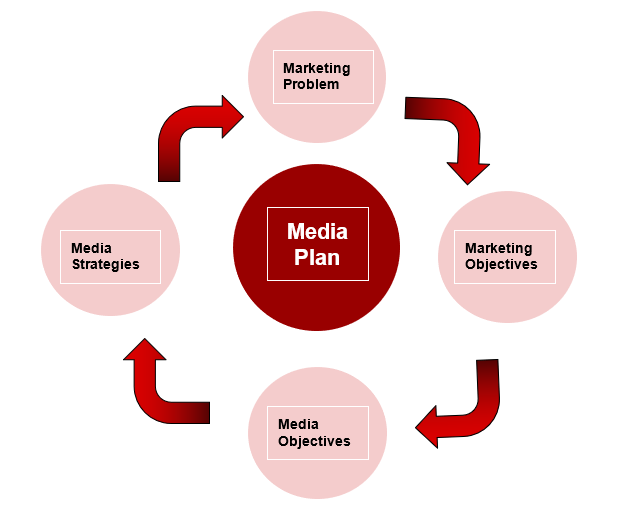



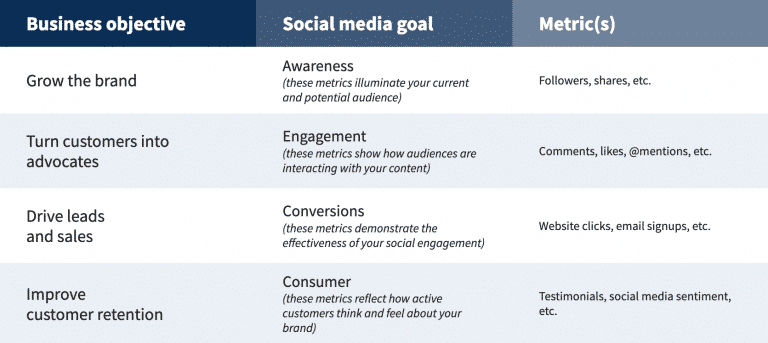


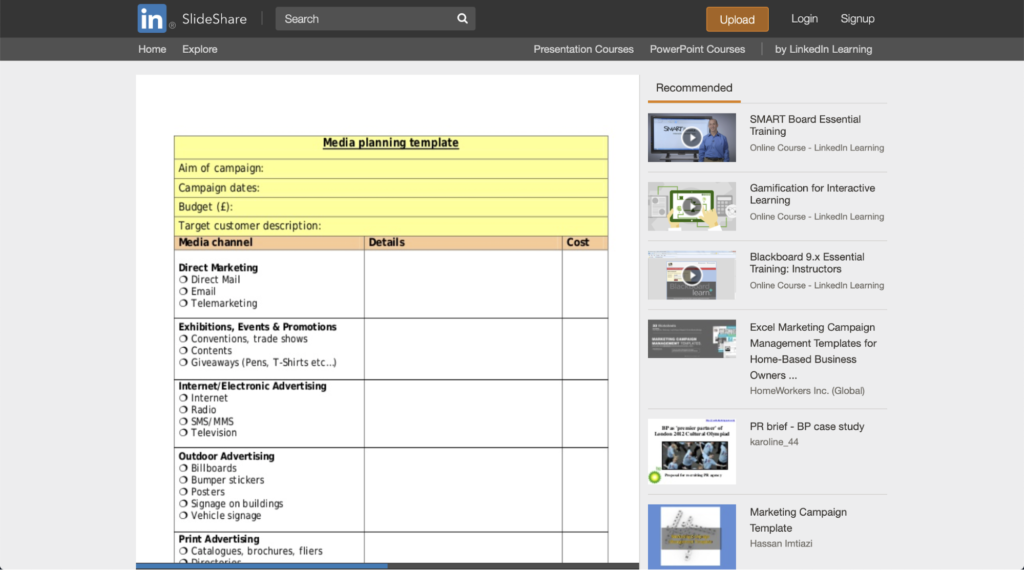
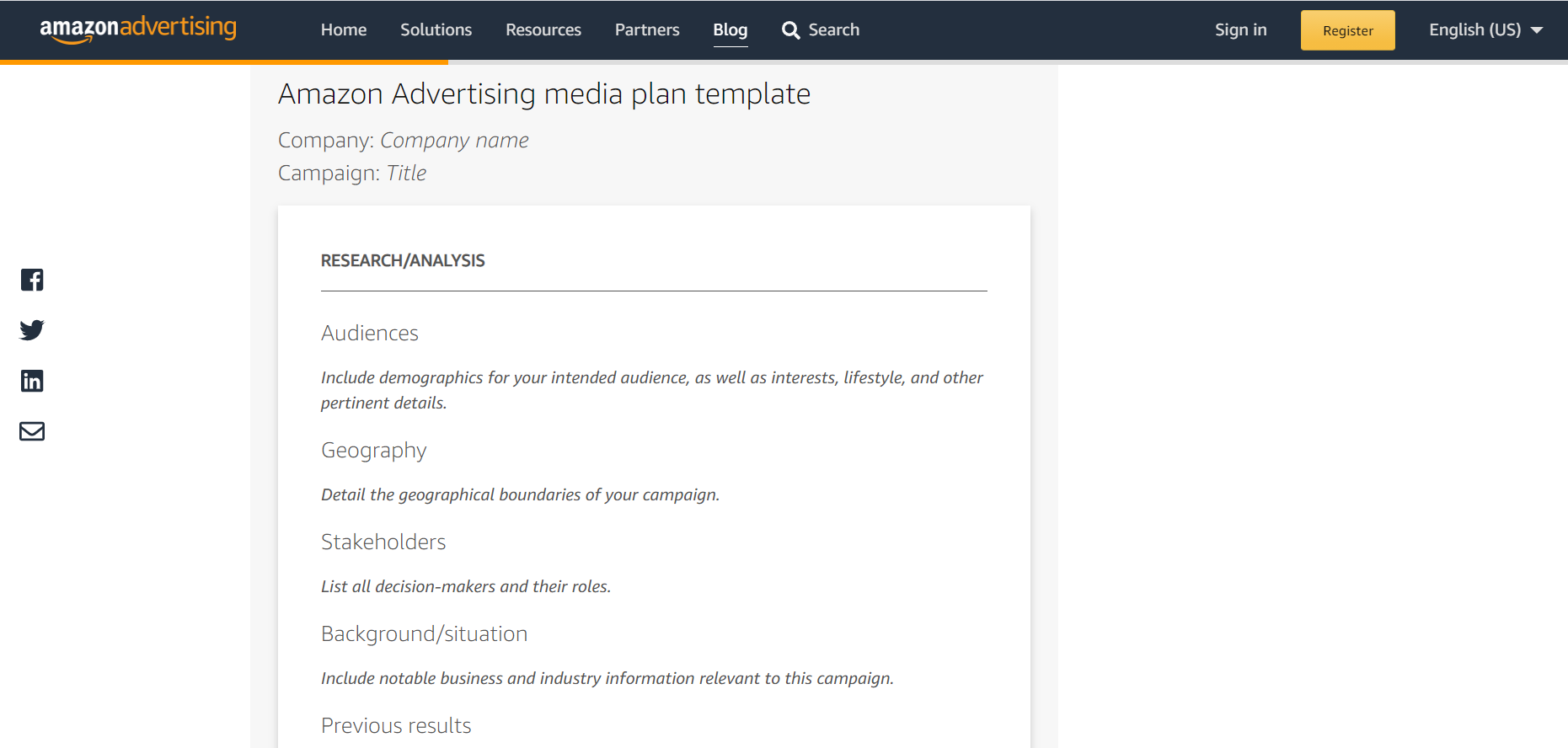
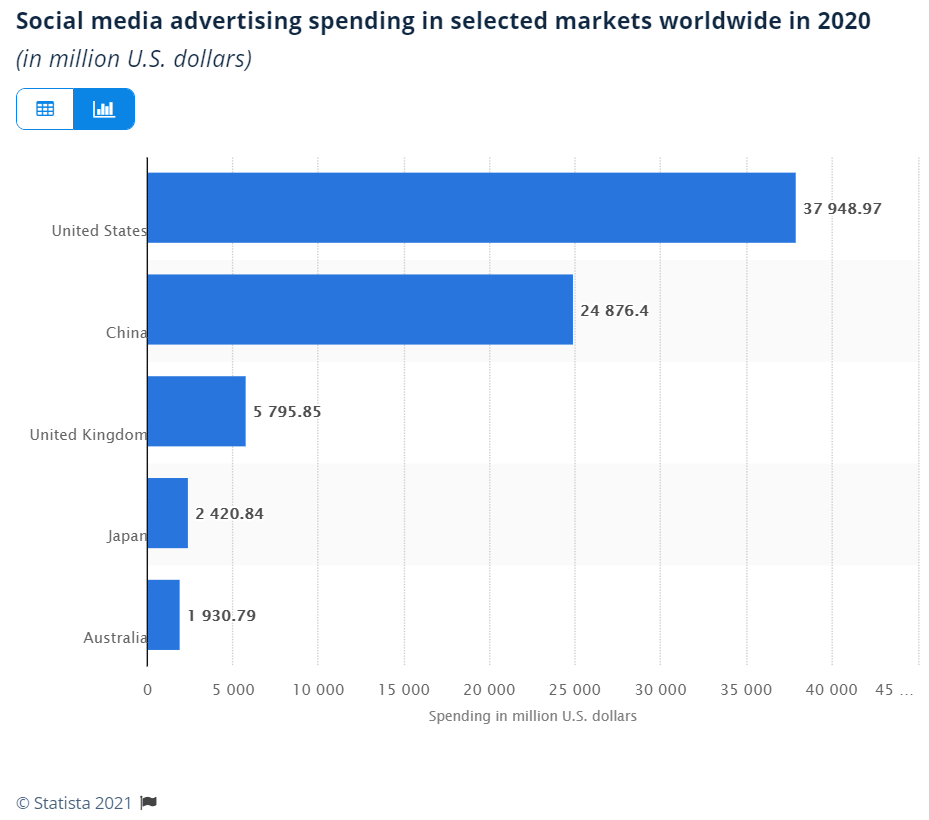



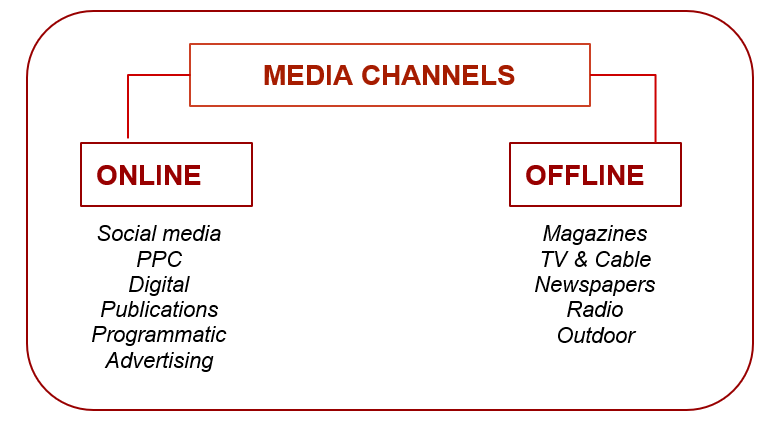


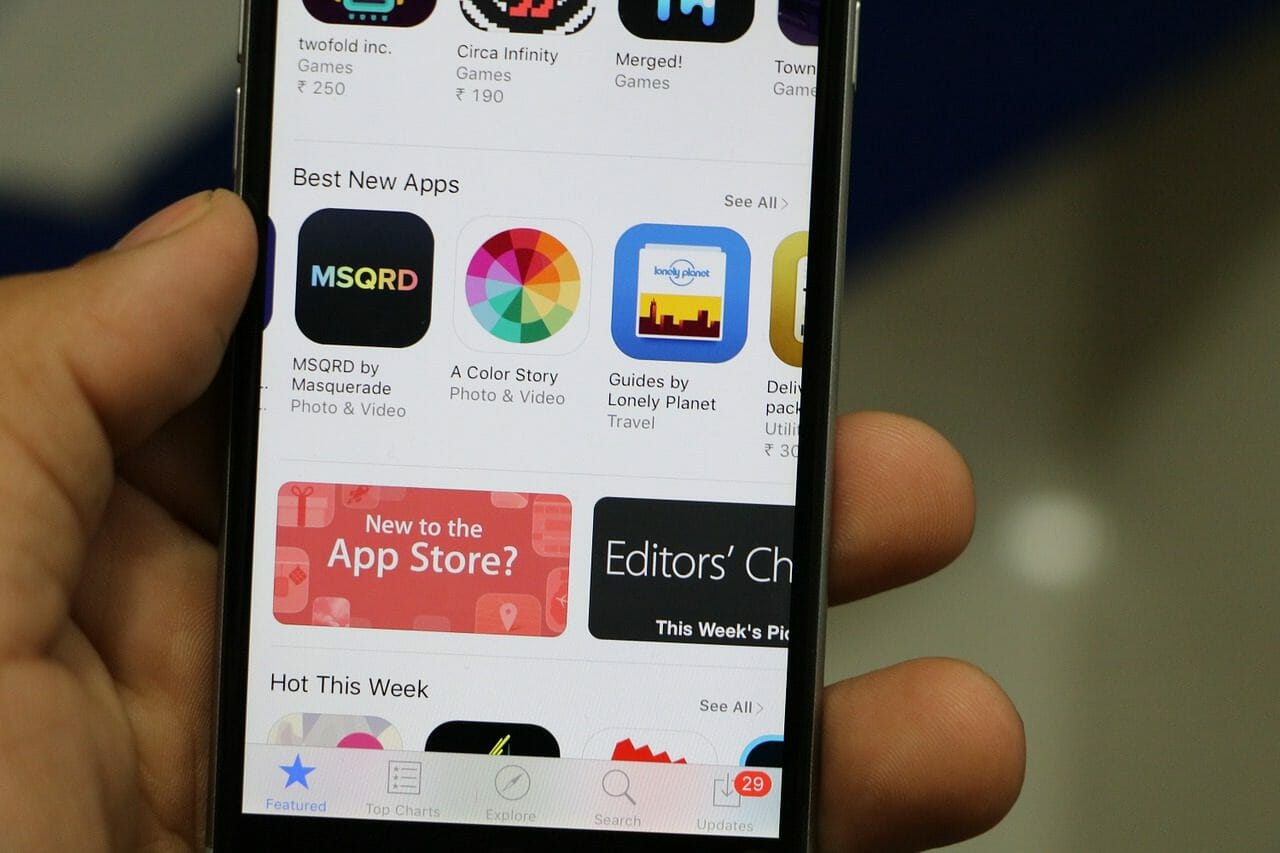
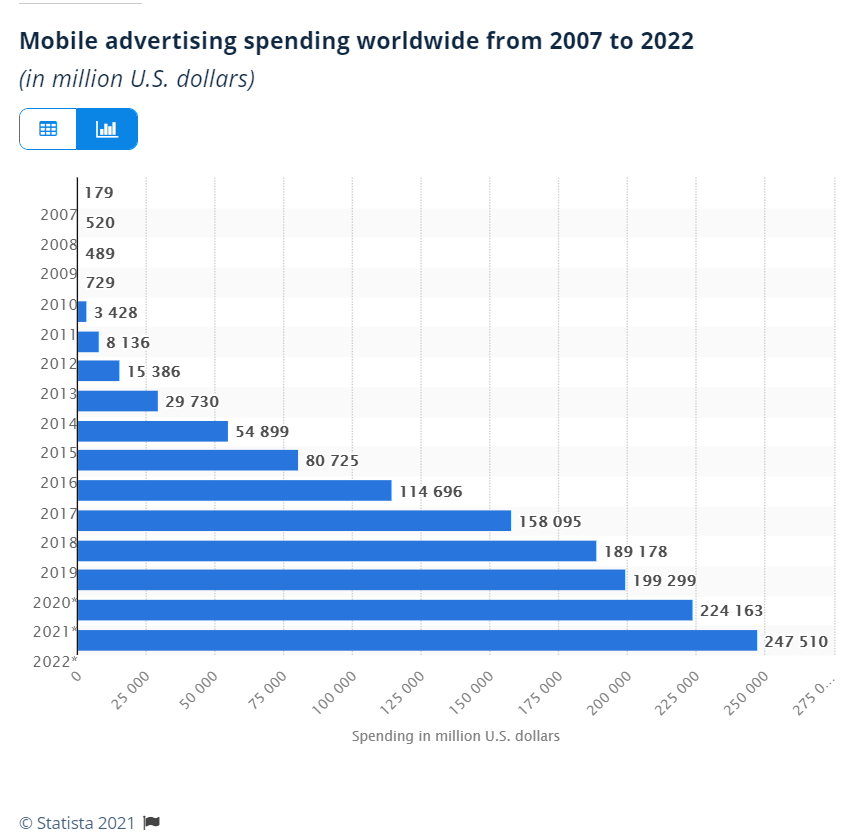
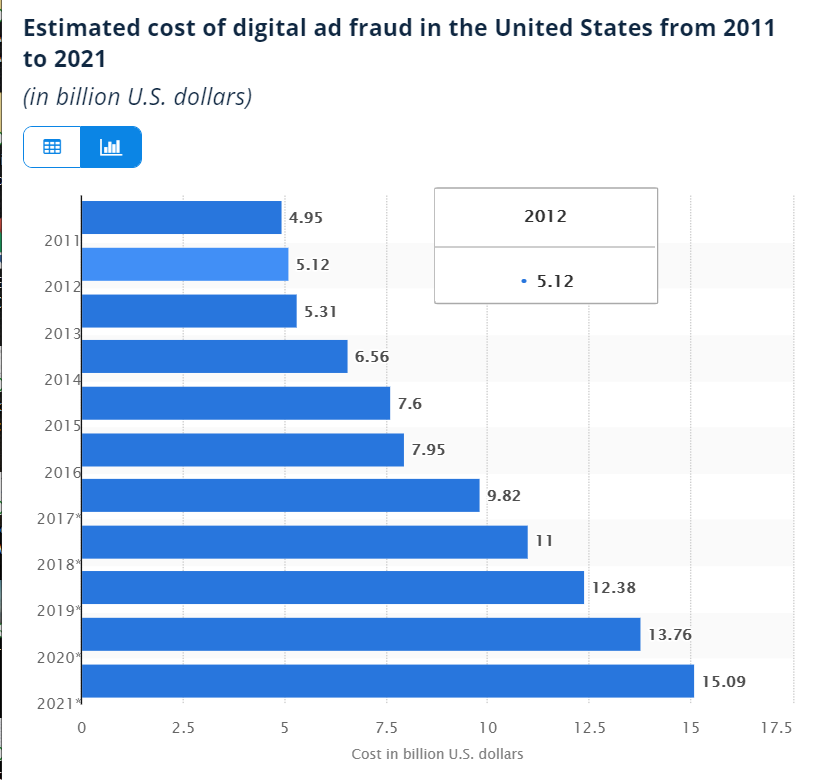



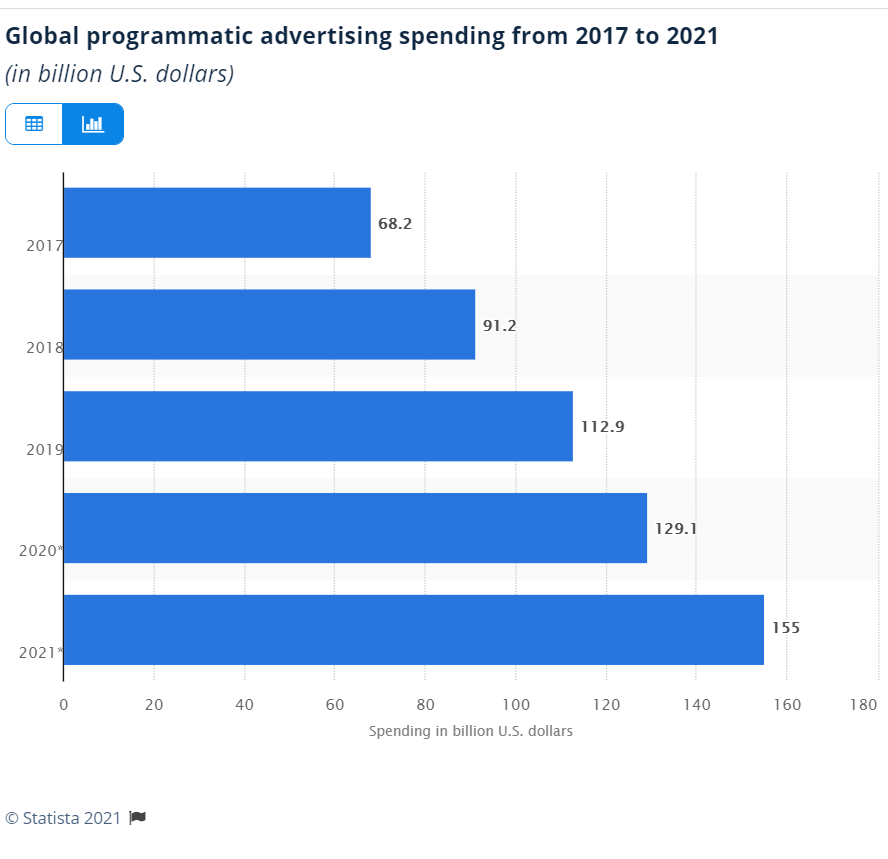
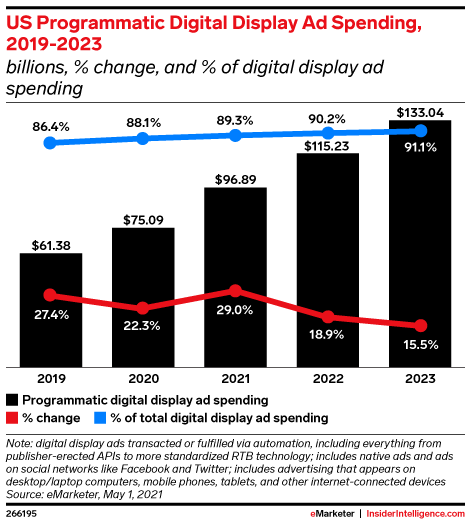

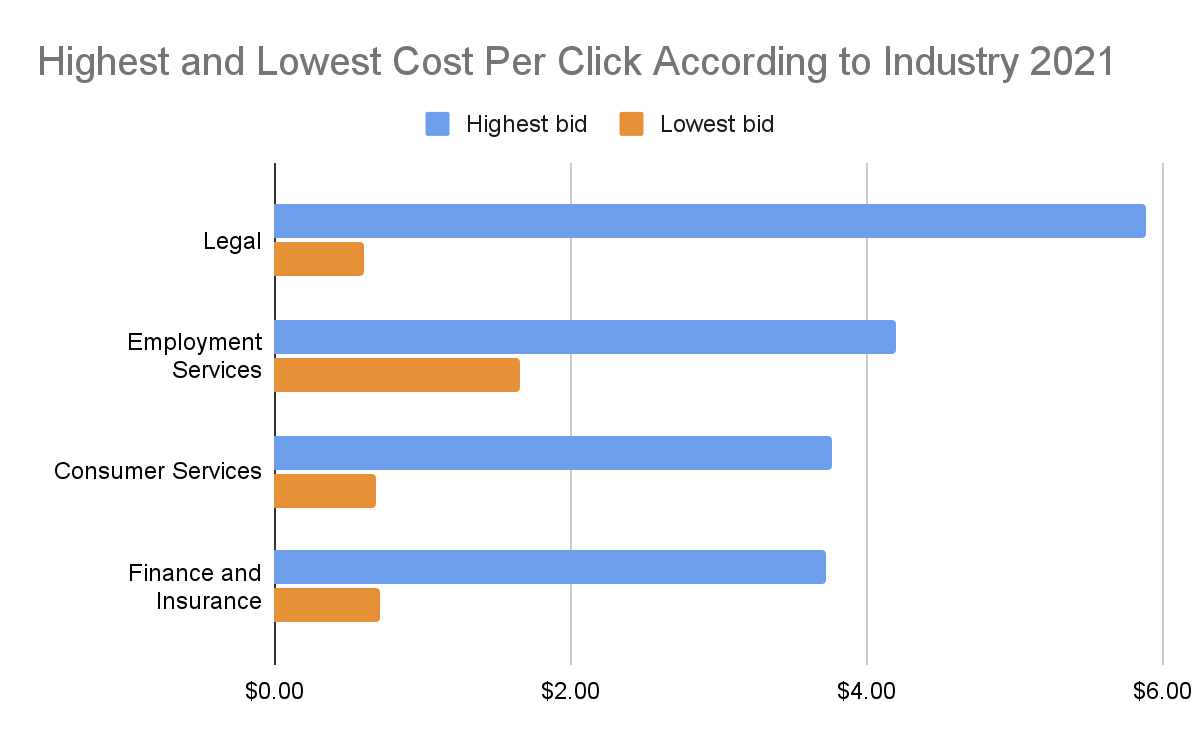
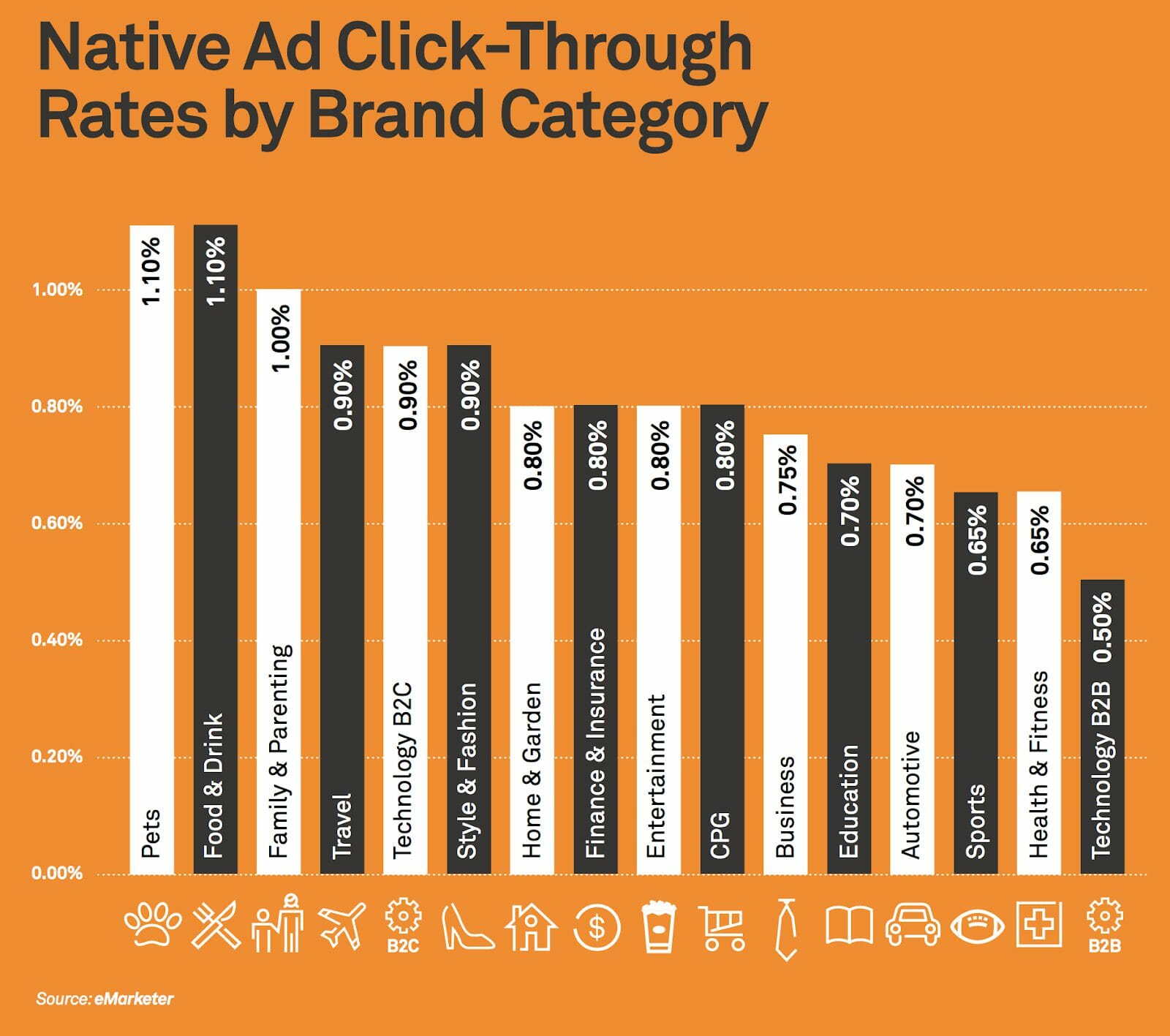

 The mobile ecosystem has two sides: the buy and sells sides.
The mobile ecosystem has two sides: the buy and sells sides.























